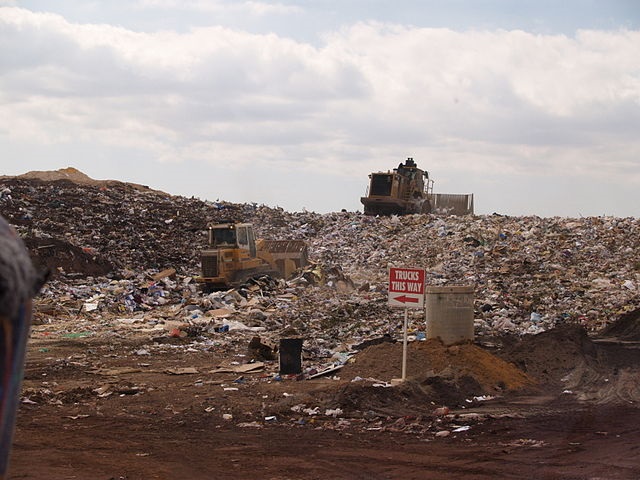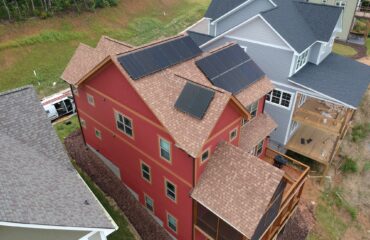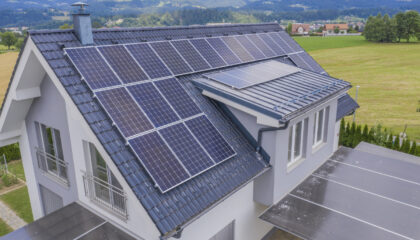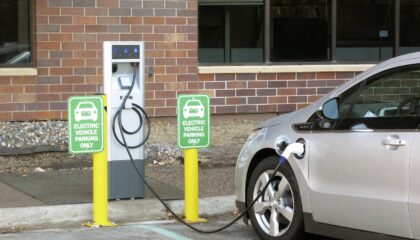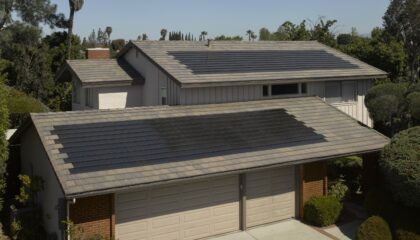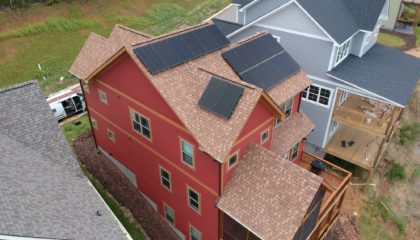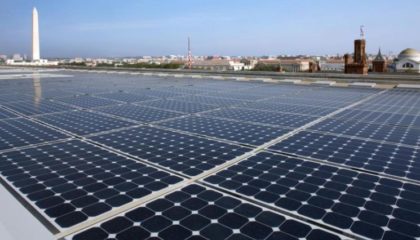As the need to distance ourselves from fossil fuels becomes more urgent due to climate change and pollution in general, solar power is emerging as a leading alternative. It can be scaled to be used by individuals or large utilities; and best of all- it’s renewable. However, large scale solar farms require large tracts of land that have long and regular periods of sunlight. Suitable areas can usually be found in many rural settings and deserts, but transferring that energy over lengthy power lines to more populated areas can be expensive and inefficient.
A new trend is emerging that seems like a promising answer to this inconvenience – building on retired landfills! When a landfill is full it is covered with a polyethylene cap, a thin layer of soil, and finally grass. Despite it’s more pleasing aesthetics, this brownfield ground is still mostly unusable as it is unstable and not suitable for building large structures. Because of the gasses and toxins emitted by the covered landfill the growing of crops is also not a viable option. However, this acreage is perfect for large scale solar farms. Ballasted anchors are used to stabilize the solar array to avoid penetrating the landfill cap. This specialized racking system allows for thousands of solar panels to be installed on this otherwise unusable land; producing a lot of clean, renewable energy.
Landfills are typically built outside of, but close to, city limits and already have access to the power grid. This makes transporting energy for use in more densely populated areas much easier. Right now, there is an estimated 10,000 capped landfills in the US alone, and that number is only growing. The construction of large solar farms would not only positively impact the environment, it would create thousands of well-paying and sustainable jobs on land that is otherwise sitting unused.

